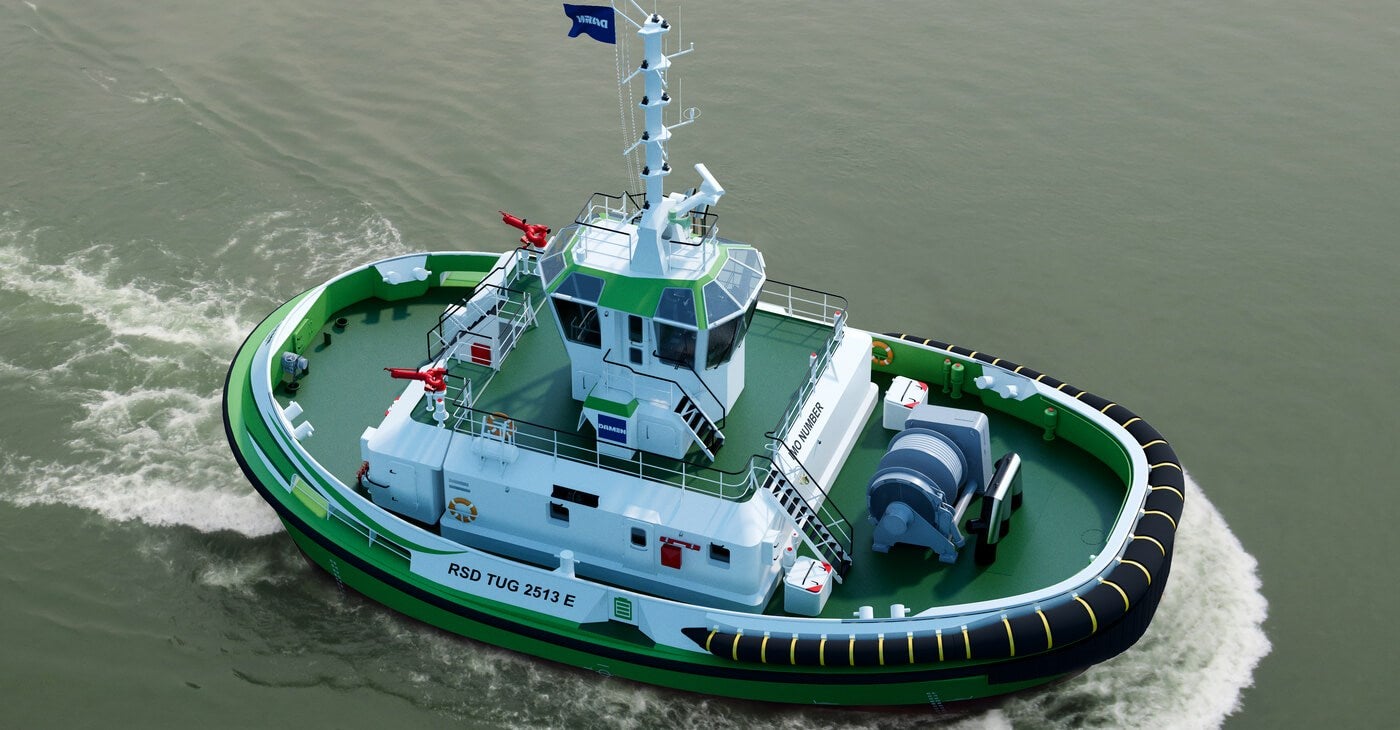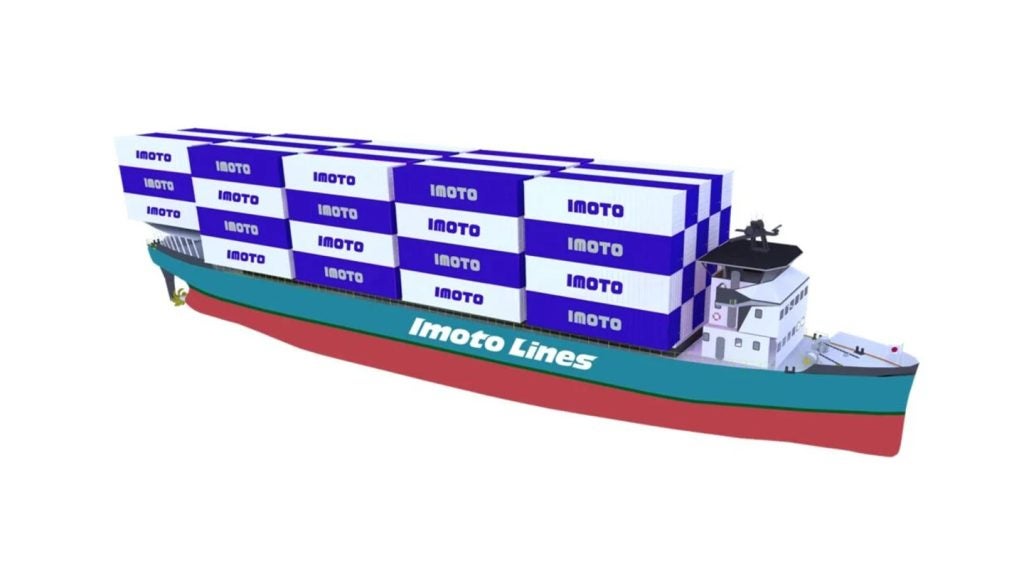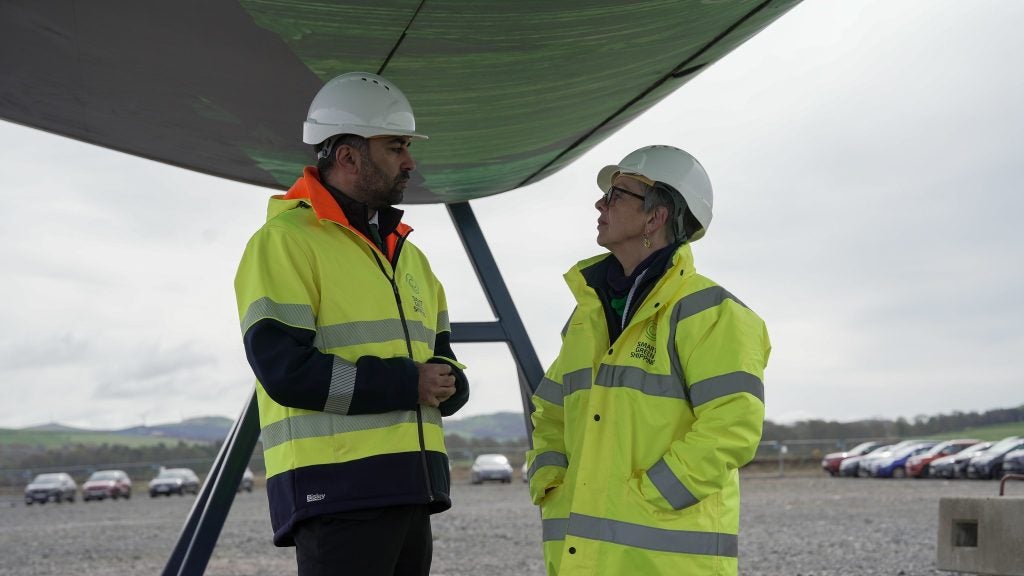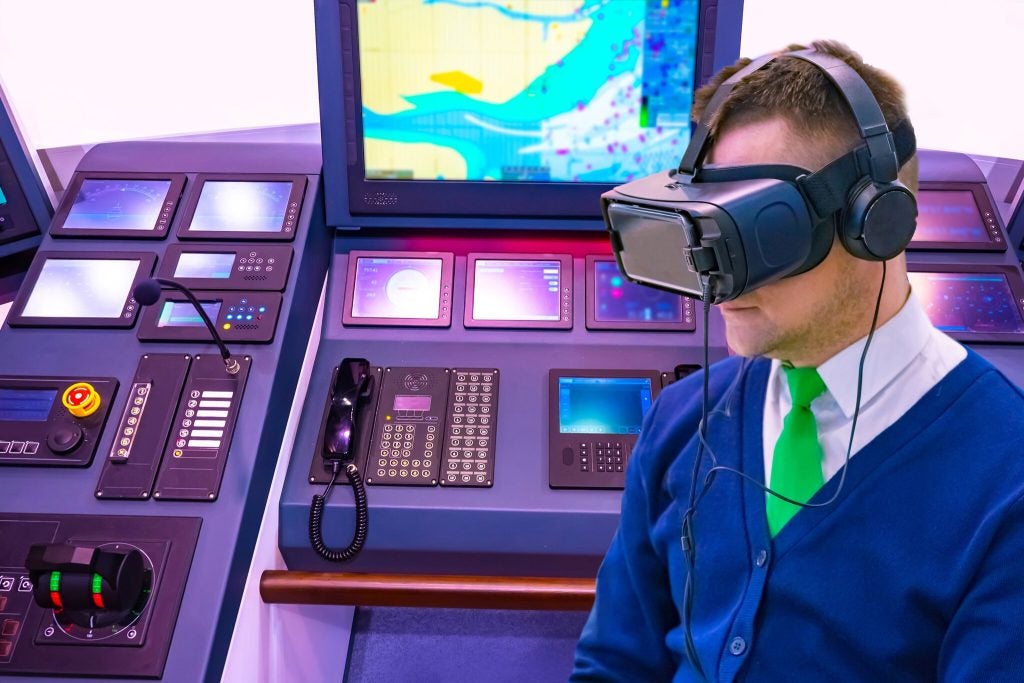
On the shipping industry’s voyage towards cleaner operations, a variety of options has emerged to help reduce emissions and steer shipowners away from dirty bunker fuels. These range from exhaust gas scrubbing systems to cleaner fuels such as liquefied natural gas (LNG) and methanol.
But while retrofitted scrubbing equipment and alternative fuels are a strong course correction in the short term, few would dispute that full electrification of vessels – in combination with clean hydrogen fuel cells for more energy-intensive applications – represents the closest we’ve come to finding a long-term solution to shipping’s environmental impact, which includes 2%-3% of the world’s total greenhouse gas emissions.
“Those types of [alternative] fuels are primarily based on some kind of combustion cycle, and are only one step on the way, and not at all the ultimate solution,” says Magnus Eriksson, CEO of Swedish maritime and rail energy storage specialist Echandia Marine. “I’m not interested in working with any technology related to that – our business is focused only on full electrification.”
For those companies that have dedicated themselves to the electrification of shipping, there have been a number of eye-catching successes – Echandia played a role in one such case, supplying its LTO battery system for a world-first fleet of seven battery commuter ferries built by Damen Shipyards for operation by Arriva Denmark in Copenhagen.
The world’s first full-scale electric tugboat
In the tugboat market, too, there have been encouraging recent signs when it comes to electrification. In April, Turkish ship design firm Navtek Naval Industries delivered the first of four Zero-Emissions Electric tugs (ZEETUG) to the harbour of Gisas Shipbuilding. The new all-electric tug is expected to save the shipyard 210 tonnes of carbon emissions and nine tonnes of nitrogen oxides every year when compared to traditional diesel-powered vessels.
To date, however, electric tugboat projects have tended to be limited in size or scope, acting as proofs of concept for wider deployment. Now, Echandia and Damen Shipyards have announced a new partnership to push the idea to new scales.
How well do you really know your competitors?
Access the most comprehensive Company Profiles on the market, powered by GlobalData. Save hours of research. Gain competitive edge.

Thank you!
Your download email will arrive shortly
Not ready to buy yet? Download a free sample
We are confident about the unique quality of our Company Profiles. However, we want you to make the most beneficial decision for your business, so we offer a free sample that you can download by submitting the below form
By GlobalDataThe partners are commercialising a next-generation, fully electric tug that will be able to muster 70 tonnes of bollard pull (for reference, the smaller ZEETUG has a bollard pull of just 32 tonnes). The RSD-E Tug 2513, as it’s been called, is a zero-emissions derivation of the IMO Tier III-ready RSD Tug 2513 that was launched by Damen in 2018.
“It’s a new era in the sense that previously there were one or two [electric tug] projects being built that were very much pilot-like, but this is entering into a new domain now with full-on commercialisation,” says Eriksson. “[Damen] builds about 70-80 tugboats annually, so it’s a huge part of its total turnover. And obviously, since they’re so experienced, they have a lot of knowledge about the application.
“Echandia, as a business, we’re the only company in the world that has a type-approved lithium titanium oxide (LTO) battery system. The LTO battery system is characterised by extreme high performance, in terms of high power capacity – you can discharge and recharge at much higher power rates than any other lithium batteries available, and that’s important particularly for these heavy-duty applications.”
The partners’ first application for the new tug design is with the Ports of Auckland Ltd in New Zealand, which handles more than half of the country’s imports and exports, as well as a booming cruise business.
“The first vessel is being built as we speak,” Eriksson says. “We’re supplying the battery systems in a few weeks. It’s being built at a Damen shipyard in Vietnam, and then being shipped to New Zealand in 2021. It will be handed over to the customer, I believe, early in the third quarter next year.”
Echandia’s E-LTO battery system
With a role as power intensive as a tugboat’s, developing a full-sized, all-electric version is a lot more complex than simply installing any marine-certified battery system.
Damen and Echandia are betting on the latter’s E-LTO battery system, an energy storage technology that is based on Toshiba’s LTO cells. The system provides the power, reliability and safety required for the role, and outperforms nickel-manganese-cobalt (NMC), the most common lithium battery systems on the market, according to Eriksson.
“The LTO battery has certain principal characteristics that make it so much safer than anything else,” he says. “The other aspect is the reliability – the LTO battery is extremely reliable, which means we can maintain guaranteed performance way longer than any other type NMC battery could. Particularly for heavy-duty type applications where there are frequent charging opportunities at high power – that’s where our battery excels over anything else.”
Eriksson is also confident of the E-LTO battery system’s capacity and power output, in a role that not only requires high peak loads during towing manoeuvres, but also a fast-charging capability.

“When doing bollard pull manoeuvres, it’s mostly very short moments – maybe only a few minutes – where it needs substantial power output,” he says. “We’re talking about 5MW power output, while the nominal power output might be below 1MW.
“With our battery system, we can deliver high power, also known as high C-rates. We can typically double the power output on the same amount of kilowatt-hours of batteries installed, compared to other types of batteries. We have new-generation LTO batteries coming out where we’re doubling that power output capacity again. If we can double the C-rate capacity, we lower your necessary charging time by 50%.”
Echandia is also working on new 6C battery systems, which could allow re-charging in as little as ten minutes, depending on the capacity and output of a battery. “Typically, I would say, an electric car battery is maybe allowing 1C or up to 2C charge rates,” Eriksson explains. “We can allow for 6C in an air-cooled version and 9C in a water-cooled version. So just with the air-cooled battery module, we can reduce to one-third the charging time. And in 9C, it’s four-and-a-half times [faster].”
Kickstarting the wider electrification of shipping
Echandia and Damen will be hoping to kickstart a new wave of electrification in tugboats, ferries and other short-sea vessels, on the way to industry-wide coverage. While the Ports of Auckland is being progressive and proactive in greening and future-proofing its tugboat operations, across shipping as a whole there has been limited progress on electrification. Eriksson believes that is set to change in the coming years.
“I’ve been working with electric ships for 20 years, and I’ve always been optimistic that there will be a substantial change soon,” he says. “I thought that 20 years ago, and I couldn’t understand why it takes such a long time to make a change. What I see now is a massive improvement in the rate of change. I believe we’ve reached a tipping point, everywhere in the industry.”
Nevertheless, new financial and operational support systems may be needed to push shipping firms away from fossil fuels and towards electrification. In Sweden, Echandia partnered with energy company Vattenfall last year to launch ‘Power as a Service’, which aims to de-risk the economics and practical aspects of switching to electric propulsion for short-sea shipping. Under the agreement, users will be able to access Echandia’s E-LTO battery system, which will be owned and managed by Vattenfall, with the aim of lowering the barrier to entry for electric shipping.
“Vattenfall assumes responsibility for any piece of equipment that converts any electrons, basically,” says Eriksson. “It’s onboard as well as off-board, in terms of charging stations or even hydrogen refuelling stations. So they take the infrastructure responsibility, wherever you’re operating.
“I believe the [Power as a Service concept] is equally interesting for the retrofit market. We have a huge fleet in Europe, and to meet climate goals it needs to be retrofitted. You can’t just rely on newbuilds alone. I believe that the shipping companies owning these fleets would be interested in this concept.”
As such, Echandia and Vattenfall are aiming to roll out the concept, which has started in Sweden, to more countries in Europe, with the initial focus being the UK, the Netherlands, Germany and the Scandinavian nations.
The coming years look exciting for Echandia, with its E-LTO battery picking up momentum in the market and more developments on the way, both in battery technology and integrated hydrogen fuel cell systems. But the climate clock is ticking, and Eriksson believes more powerful signals from governments and regulators will need to reinforce the efforts being made in the private sector.
“I believe we have the next ten years to resolve the technological challenges, because we are far from ready, in terms of what the worldwide industry can offer to resolve the [climate] situation,” he says. “Take Norway as a role model. They are by far the most advanced country in the world in the electrification of the maritime business. They are influencing all stakeholders, from the political level down to component suppliers and ship operators.
“Bring that mindset to the EU level; implement similar mindsets EU-wide. Zero-emissions port calls to start with – put that as a requirement fairly soon, or at least announce that this requirement will come, so there’s an awareness about it.”






